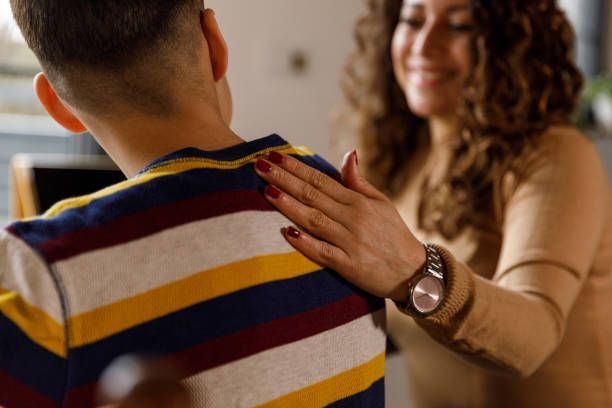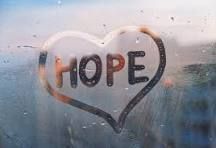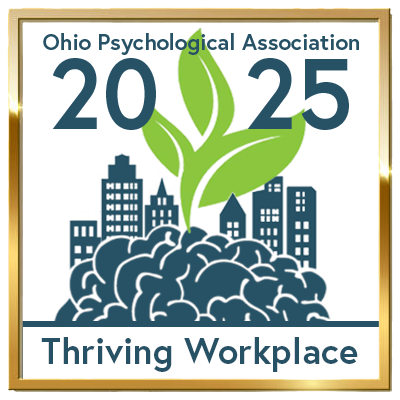Child and Adolescent Behavioral Health (C&A) offers two programs/services to Stark County teenagers in regards to substance use. The first program is a prevention program - Stark County Youth Led Prevention. The second program offers help for kids who have substance use problems – our Gemini program. Within the Gemini program are two levels of treatment based on client needs. Alternatives is an education group and Decisions is the intensive outpatient program group.
During a typical school year, children are attending in-person classes from August through May. This year, students of all ages are closing out the year at home, learning online and in many instances, one or both parents/legal guardians are working at home as well. The state of Ohio is slowly easing the stay-at-home restrictions in regards to shopping and eating out at restaurants.
In a normal circumstance, C&A knows from statistics compiled through Stark County Youth Led Prevention, 86 percent of Stark County Youths do not use any type of substance. During social isolation, loneliness, anxiety and depression can set in. Social isolation from friends and loneliness/depression may cause teenagers to experiment or use drugs.

STARK COUNTY YOUTH LED PREVENTION
Stark County Youth Led Prevention (SCYLP) is a program run by Stark County teenagers that is guided by adult leadership. This group was created to empower students to impact their schools, neighborhoods and communities. A majority of the students in this program do not use alcohol and other drugs. SCYLP members encourage fellow teenagers to make positive choices regarding substance use. SCYLP is a safe place for youth to come together and encourage their peers to make healthy decisions through planning and implementing various prevention and leadership developmental activities.
- For younger children, the state of Ohio provides terrific conversation starters for parents to speak to their children to remain substance free at www.starttalking.ohio.gov. Three points are highlighted on the website to help parents and care givers encourage a drug/substance free life:
- Start talking is a first step to building a substance-free future.
- Children of parents who talk to their children about drugs are 50 percent less likely to use.
- A majority of substance-free adolescents credit their parents for the decision not to use illegal substances.
SUBSTANCE USE
Dr. Karita Nussbaum, Gemini program manager, responded to what her clients are telling her in regards to substance use.
“It appears there are two trends emerging in response to adolescent substance use during the COVID-19 shutdown. Substance use seems to be largely based on their parents view of the shelter in place.”
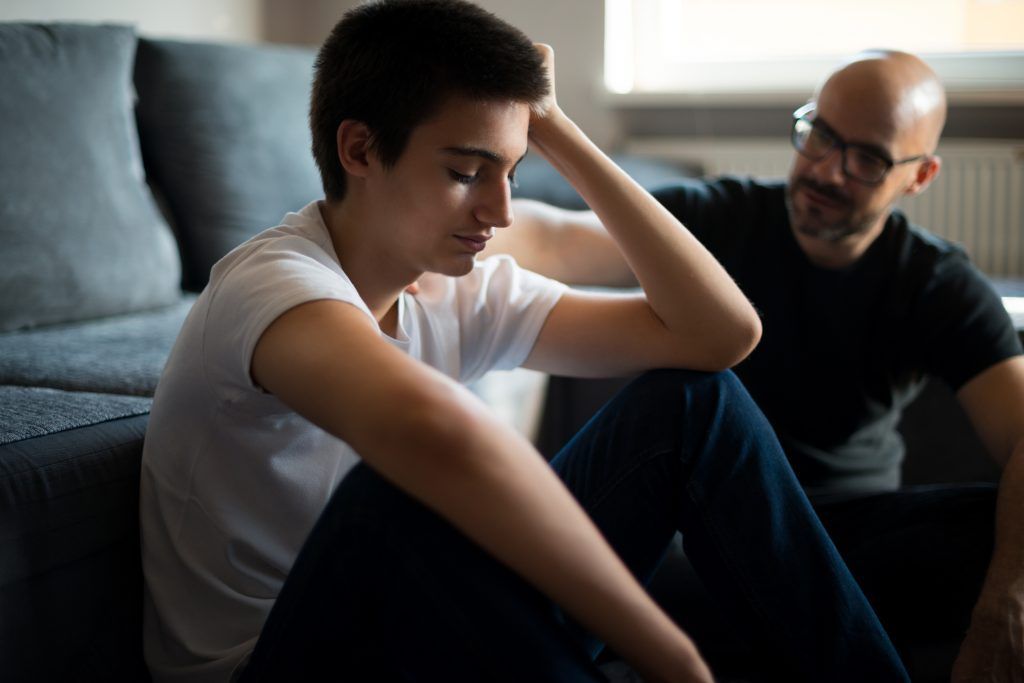
According to Dr. Nussbaum, parents who have taken the shutdown very seriously and are not allowing ANY physical interaction, use has declined. She said, “These kids have stopped or slowed down their use because they haven’t been able spend time with friends. For that group of kids, whose only connection with substance use is through social interaction, the use has declined However, some of these kids either through sheer boredom or desperation have tried others ways to get high. Some have turned to sneaking the alcohol in the home or sneaking off to make connections. Their behavior is a bit riskier and the likelihood of getting caught has increased, especially if parents are watching.”
Dr. Nussbaum said, “The other groups of kids whose parents may not have held the sheltering guidelines as strictly, continue to make connections with friends or dealers. She said this group may be permitted to snap chat their dealer and then “run to the store” and make the buy. These kids may continue to hang out with limited friends and use drugs together or buy, sell or share.
“To me, the corona virus guidelines shed some light on the role of supervision and accountability. When I ask kids how they are getting their substances during this time, the most common responses are through older siblings, friends or social media arranged connections.
“Substance use is complicated because it serves a variety of needs. Some kids use substances because they are curious and experimenting, sheltering in place has eliminated that opportunity. Some kids use substances to cope with problems, perhaps problems at home or with friends. If the problems are at home, then the cravings to use would increase. If the problems are more social and friend related, then the need may decrease. For kids that are bored and have little resources for entertainment, their need would increase. It’s complicated because there are many variables that influence why a young person take that first hit or drink. Yes, COVID-19 has affected adolescent substance us but so do parents, friends and life experiences.”
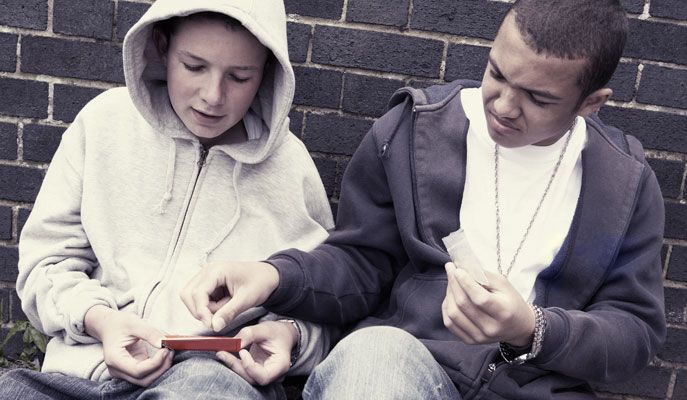
For young adults who are addicted to a substance, C&A offers two treatment groups – Alternatives and Decisions. Alternatives is recommended for young people using vape pens, drug paraphernalia, minor drugs or alcohol. As previously mentioned, this is more of an education group. This treatment is to provide education and is a six-session long program, with each session lasting one hour. In this treatment program, adolescents are given facts, tools and support and are taught strategies for taking personal responsibility and making positive, long-lasting behavioral changes.
Decisions group is part the Intense Outpatient Program for an adolescent who has substance use, abuse and or dependency concerns. This program lasts for six to eight weeks and times vary based on the issues being addressed and the adolescent’s response to treatment.
If you suspect your child is using a substance, please contact C&A’s Dr. Nussbaum at 330.433.6075.
- The information for this blog post was provided by C&A’s Gemini Program Manager Dr. Karita Nussbaum.
- For more information on Stark County Youth Led Prevention, please contact Sarah Hough at shough@childandadolescent.org
RECENT POSTS




